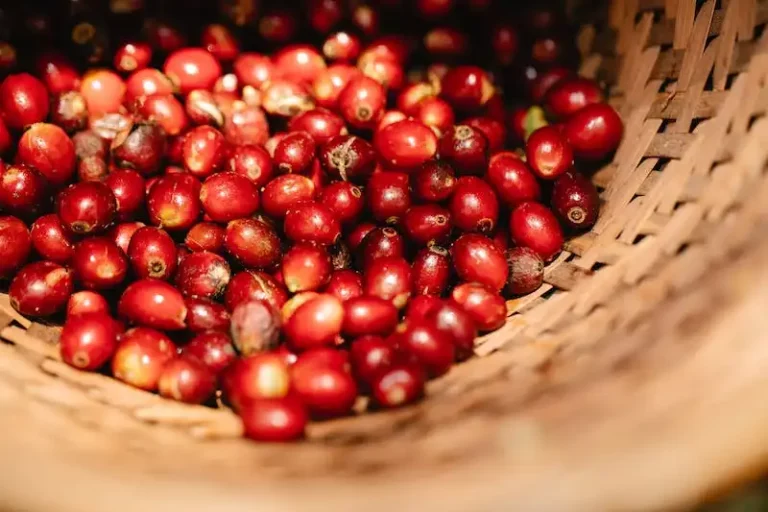Pruning is an essential practice for maintaining the health and productivity of apple trees. By selectively removing branches and shoots, you can shape the tree into a desirable form, promote the development of strong scaffolds, and prevent the spread of diseases. The process of pruning can seem daunting at first, but by following a few key steps, you can ensure the best results for your apple tree.
Step 1: Assess the tree
Before you begin pruning, take a good look at the tree. Identify any dead, damaged, or diseased branches, as well as any crossing or rubbing branches that may cause future damage. You’ll also want to remove any branches that are growing towards the center of the tree, as these can block sunlight and inhibit the growth of other branches.
Step 2: Choose the right tools
Having the proper tools for pruning is essential. Invest in a good pair of pruners or loppers that will make clean cuts without damaging the bark. If you’re dealing with larger branches, a pruning saw may be necessary. Make sure your tools are sharp and clean to prevent the spread of diseases.
Step 3: Start pruning
When you’re ready to begin pruning, start by removing any dead or diseased branches. Cut these branches back to healthy wood, making the cut just above a bud or lateral branch. Next, remove any crossing or rubbing branches, making a clean cut at the point where the branches intersect. Trim back any branches that are growing towards the center of the tree, as well as any excessive upright growth that may be inhibiting the development of the scaffold branches. Finally, trim back any shoots that are growing straight up or at narrow angles, as these can weaken the tree’s structure.
Step 4: Final touches
After you’ve completed the main pruning, take a step back and evaluate the tree’s shape. Make any additional cuts necessary to achieve the desired form. Keep in mind that apple trees have a tendency to produce a lot of new growth, so it’s important to prune regularly, ideally on a yearly basis, to ensure the tree stays in top form.
By following these 4 steps to pruning an apple tree, you’ll be well on your way to maintaining a healthy and productive tree. Remember that pruning is an ongoing affair, and with practice and regular attention, you’ll develop the skills to confidently shape and care for your apple tree.
Acknowledgements:
- Introduction and Step 1 information: Utah State University Extension
- Step 2 and Step 3 information: Washington State University Extension
- Step 4 information: Virginia Cooperative Extension
How and When to Prune Apple Trees
Pruning apple trees is an essential skill that every gardener needs to learn in order to look after and maintain the health and productivity of their apple trees. Pruning helps to shape the tree, stimulate growth, remove diseases, and maintain the overall health of the tree. By following these simple steps, you can successfully achieve the desired results and keep your apple tree in optimal condition.
1. Know when to prune: The best time to prune apple trees is during the dormant season, which is typically in late winter. Pruning during this time allows the tree to focus its energy on new growth in spring.
2. Start with the basics: Begin by removing any dead, damaged, or crossing branches. This will help to open up the canopy and let more light reach the center of the tree, promoting fruit production.
3. Shape the tree: Prune the branches to create an open center or modified central leader shape. This allows for better air circulation and sunlight penetration, reducing the risk of diseases and improving fruit quality.
4. Remove vigorous sprouts: Prune away any vigorous sprouts that emerge from the base of the tree or along the trunk. These sprouts take energy away from the main branches and can lead to a crowded and unproductive tree.
By following these steps, you will have a well-shaped and healthy apple tree that will provide you with a bountiful harvest for years to come.
1 Make It an Annual Affair
The first step to pruning an apple tree is to make it an annual affair. Pruning should be done every year to ensure the tree’s health, vigor, and overall structure.
When pruning, you’ll want to look for branches that are either dead, diseased, or damaged. These branches should be removed to prevent any further spread of disease and to promote new growth.
In addition to removing unhealthy branches, you’ll also want to prune the tree to maintain its desired shape and structure. This involves removing any branches that are crossing or rubbing against each other, as well as branches that are growing at narrow angles or in undesirable directions.
Pruning also helps in opening up the tree’s canopy, allowing more light and air to reach the inner branches. This is crucial for the development of flowering buds and the production of fruit.
It is best to prune apple trees in late winter or early spring, before they start to leaf out and begin their vigorous growth. Pruning during this time also reduces the risk of winter injury on the newly exposed wood.
When pruning, let the tree’s natural structure guide you. Start by removing the lowest branches, especially if they are touching the ground or hindering access and maintenance. Then move up the tree, removing any vertical or downward-growing branches, as well as larger branches that have become too crowded.
Although pruning may seem like a lot of work, especially for larger, older trees, it is essential for the tree’s health and vigor. Many apple tree diseases and pests can be prevented or minimized through proper pruning practices.
In Utah, the traditional central leader system is commonly used for apple trees. This involves maintaining a main vertical trunk and developing horizontal scaffold branches at regular intervals, creating a tiered structure.
Remember to make clean cuts when pruning. Cut just outside the branch collar, which is the swollen area where the branch meets the trunk. Avoid leaving stubs or cutting too close to the trunk, as this can hinder proper healing.
Pruning apple trees stimulates new growth and helps maintain the tree’s desired shape, promoting better airflow and easier access for management activities. It is important to be mindful of how much you prune, as removing too many branches can diminish the tree’s ability to produce fruit.
Finally, don’t let the pruned branches go to waste. They can be used as firewood or added to compost. By making pruning an annual affair, you’ll ensure that your apple tree remains healthy, productive, and beautiful year after year.
2 Watch the Calendar
Timing is crucial when it comes to pruning apple trees. You need to be mindful of the seasons and plan your pruning accordingly.
Here in Utah, where winters can be long and cold, it is best to prune apple trees in late winter or early spring before new growth begins. This allows the tree to heal before the growing season starts.
A helpful publication from Utah State University recommends pruning apple trees during the second dormant season after planting. This ensures that the tree has had enough time to establish a strong root system and is ready for pruning.
When pruning, be sure to remove any diseased, damaged, or dead wood. This not only improves the overall health of the tree but also reduces the risk of diseases spreading.
To achieve the proper structure, pay attention to the angles of the branches. Trim stubs at the collar and make angled cuts just outside the branch collar. This promotes healing and avoids damage to the main trunk.
It is also important to thin out any crossed or crowded branches to allow for better airflow and sunlight penetration. This helps to reduce the risk of fungal diseases and encourages more vigorous growth.
When making cuts, always use clean and sharp blades to minimize the risk of infections. After each cut, assess the overall shape of the tree and remove any additional branches that are not necessary for its structure.
By following these steps and being mindful of the calendar, you can ensure that your apple tree receives the proper care it needs for successful bearing. Pruning apple trees is a yearly affair, but with the right approach, you’ll have healthy and productive apple trees that will reward you with an abundance of delicious fruit.
3 Look for Diseased, Dead, or Crossing Branches
When pruning your apple tree, it’s important to identify and remove any diseased, dead, or crossing branches. These branches can inhibit the tree’s growth and can also be a breeding ground for diseases.
Start by examining the tree for any branches that are clearly dead or diseased. Diseased branches may have discolored or cracked bark, or may show signs of infection such as fungal growth. Dead branches will be brittle and may easily snap off in your hand.
Next, look for branches that are crossing over each other, as they can cause rubbing and damage to the bark. It’s best to remove one of the crossing branches to allow more airflow and sunlight to reach the tree’s interior.
Be mindful of the overall shape and structure of the tree. Remove any branches that are growing towards the center, as this can create a dense and crowded canopy. Aim for a balanced and open structure, with branches growing in different directions and angles.
When cutting branches, make sure to use sharp, clean pruning shears or a pruning saw. Cut just above a bud or a lateral branch, angling the cut away from the bud. This will help the tree heal more quickly and minimize the risk of infection.
It’s best to prune apple trees during the dormant winters or early spring, before the tree starts to produce new growth. Pruning during the dormant season allows the tree to put its energy into new growth in the coming season.
By removing diseased, dead, or crossing branches, you are not only maintaining the health of the tree, but also promoting better air circulation and sunlight penetration. This will result in improved fruit production and a healthier overall tree.
Remember to always follow proper pruning techniques and consult a professional if you’re unsure about how to prune your specific type of apple tree.



